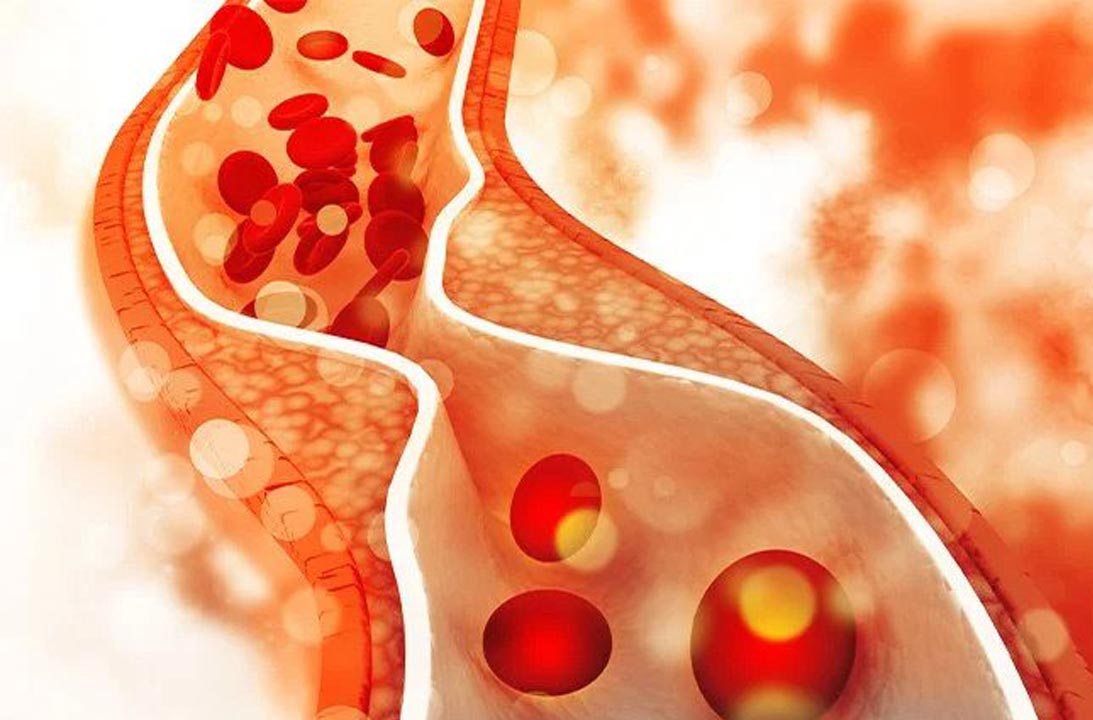A severe stage of peripheral artery disease is called critical limb ischemia, which is signified as an extreme blockage in the arteries of the lower extremities, i.e., the arms, legs, and feet, which reduces blood flow. Such a chronic condition will lead to severe pain in the feet and toes, even if you are resting. Poor circulation due to such a condition can also lead to sores and wounds that are difficult to heal.
Causes of Critical Limb Ischemia
The causes of CLI are highly related to those of atherosclerosis. The following can contribute to the development of CLI:
- Using tobacco or drugs
- Aged
- Diabetes
- Obesity
- High BP
- Family history
- High cholesterol
- Sedentary lifestyle
Symptoms
Severe pain in your legs and feet, while you are not moving is one of CLI’s most important and prominent features. This state is called ischemic rest pain. Other symptoms may include pain in the feet that can lead to numbness; toenails that can thicken; a pulse might start diminishing in the legs and feet; skin infections, open sores, and ulcers will start appearing; and the skin of the legs and feet might start becoming dry and black.
Diagnosis
A venous doctor may be able to locate and identify the cause of blockages and CLI by the following:
- ABI (ankle-brachial index)
- Auscultation
- CT angiography
- Doppler Ultrasound
- Magnetic resonance angiography (MRI)
- Angiogram
Treatment
The vascular center may recommend the treatment depending on the location and the severity of the blockage. Some procedures to get rid of CLI are:
- Angioplasty with a cutting balloon or a cold balloon (cranioplasty)
- Stents by balloon expansion or self-expanding
- Laser atherectomy
- Directional atherectomy
- Surgical treatments like bypassing around the diseased segment etc.
Recovery from such procedures usually takes a few days and is mostly done on an outpatient basis. However, the surgical methods might require hospitalization after the bypass operation, varying from a few days to several weeks.




